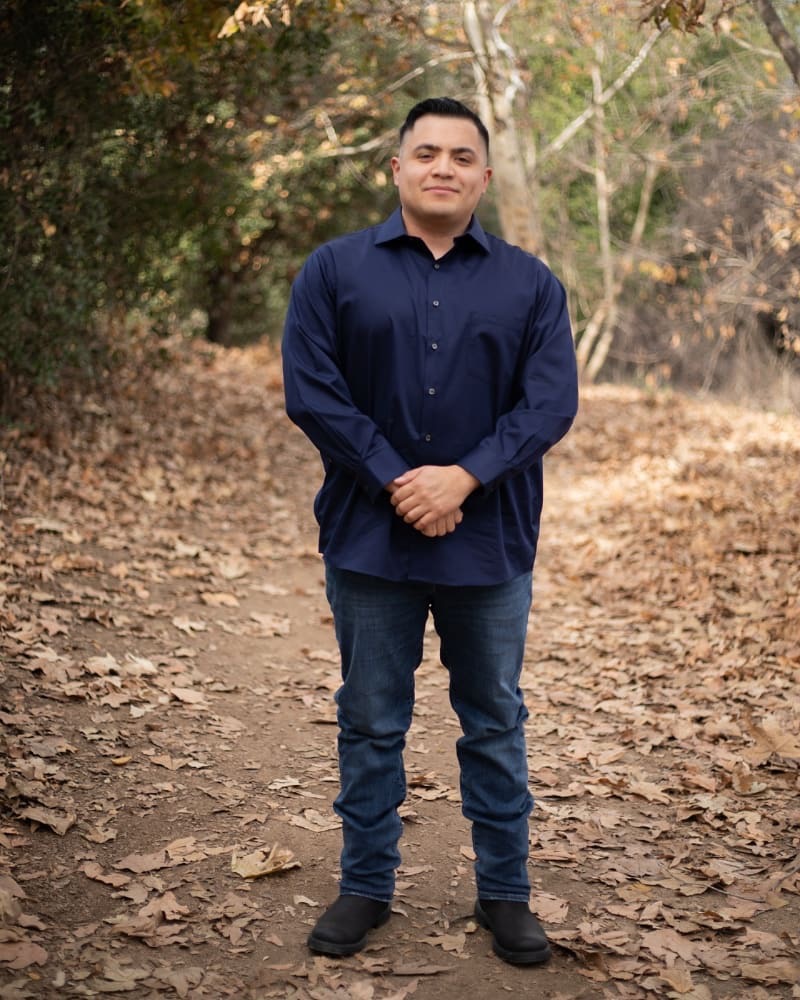REQUEST MORE INFORMATION
Ready to Make a Change? Get Started Today! Book a Campus Tour >
Pharmacy technicians are a critical part of the staff within a pharmacy. In addition to performing administrative tasks, they work side by side with pharmacists to ensure that prescriptions are filled quickly and safely and patients are getting the medications they need to begin to feel better.
Pharmacy technicians perform so many different tasks within a pharmacy that understanding their exact role may be confusing for some. Let’s take a deeper look at what pharmacy technicians can and cannot do. Specifically, are pharmacy techs able to fill prescription medications?
If you're interested in becoming a Pharmacy Technician, consider enrolling in UEI College's Pharmacy Technician Program.
Can Pharmacy Technicians Fill Prescriptions?
Yes, pharmacy technicians are able to fill prescription medications. Helping to fill prescriptions is one of the main responsibilities of pharmacy technicians. This may include performing calculations, counting doses of pills, or even performing sterile drug compounding under the direct supervision of a pharmacist.
The tasks that a pharmacy technician performs are always done under the direct supervision of a pharmacist. A pharmacist should review any prescription for accuracy before it is given to a patient. The pharmacist is responsible for ensuring all local laws are followed.
Pharmacy technicians go through extensive training to learn about many different medications and how to decipher prescription orders and medication labels. While they may not be experts on these medications, like a pharmacist is, they are trained to handle filling prescriptions in order to free up the time of a pharmacist.
Pharmacy Technicians vs. Pharmacists
The description of what a pharmacy technician does sounds an awful lot like what a pharmacist does. That’s because these two roles work hand in hand.
The difference between a pharmacy technician and a pharmacist is that a pharmacist has more in-depth training and years of schooling that allows them to take on a supervisory role and also makes them more responsible for the accuracy of the order. The role of a pharmacy technician allows pharmacists to have more time to interact with patients, answer questions about medications and fill more orders.
While pharmacy technicians perform administrative tasks and fill prescriptions, a pharmacist double-checks the prescriptions and ensures each one is complete. The pharmacist is also responsible for reviewing a patient’s records to ensure the appropriate medications are being dispensed and will not have detrimental effects when combined with their current medications. Pharmacists use their in-depth knowledge about medications and the human body to provide more security for patients. Pharmacists also work closely with doctors to follow a patient’s treatment plan and may even administer vaccines to a patient.
Pharmacists have years of schooling and training that allows them to advise patients on how to take their medications if they have any questions and also give advice for what over-the-counter medications they can use to treat different illnesses. Most pharmacists work in retail or hospital pharmacies, but their training may also qualify them to work in clinical research settings.
Pharmacists are responsible for ensuring the pharmacy technicians under their supervision are following all local laws surrounding dispensing medications.
The biggest difference between pharmacists and pharmacy technicians is the amount of training and education required for each role. Pharmacists complete six to eight years of schooling with a heavy focus on chemistry and biology. Pharmacists graduate school with a Ph.D. Pharmacy technicians can begin an entry-level position in as few as ten months with a basic understanding of the human body, math, and pharmacy ethics. Excellent communication and customer service skills are a big part of their training. They may advance in their career with further certifications.
Pharmacy technicians are only required to have a high school diploma and complete a training course. The exact licensing requirements for a pharmacy technician vary from one state to the next but most states have a pharmacy board that licenses pharmacy technicians and will require them to become certified.
Become a Pharmacy Technician with UEI College
If you want to get started working in a pharmacy quickly, you should seriously consider becoming a pharmacy technician through UEI College. Our curriculum covers all the training you need to find an entry-level position in as few as ten months. You will be taught medical terminology, drugs used to treat different human body systems, how to interpret prescription drug labels and the difference between hospital and retail pharmacies. This basic understanding of the human body and pharmaceuticals will provide a solid foundation for a career in a pharmacy or within the medical field.
UEI College allows students to get a feel for what working in a pharmacy is like before they ever graduate with hands-on, in-person labs and a real-world externship at the end of the program. Students also learn from experienced instructors who have worked in the field.
UEI College has the resources to make your dream a reality. We offer ongoing enrollment, flexible schedules, and financial aid for those who qualify.
If you have an interest in chemistry, biology, and the use of pharmaceuticals, it’s time to turn your interest into a career you can be proud of. Give us a call today to learn more about our programs!
Enroll in UEI College's Pharm Tech Program today!





